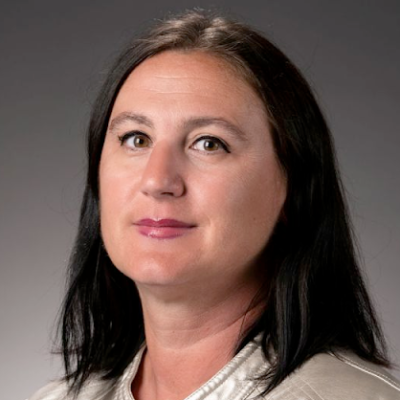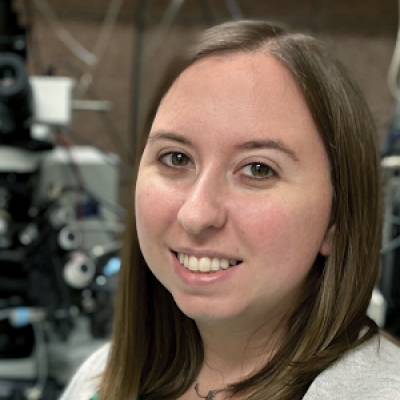Meet Laura Simone Lewis: New Faculty Member
Laura Simone Lewis earned her B.S. in Evolutionary Anthropology and Biology from Duke University, and earned her Ph.D. in Human Evolutionary Biology from Harvard University where her research was supported by an NSF Graduate Research Fellowship. She is a UC President’s Postdoctoral Fellow in the Department of Psychology at UC Berkeley and will join the faculty at UC Santa Barbara in 2025 with a joint appointment in the departments of Psychological and Brain Sciences and Anthropology.
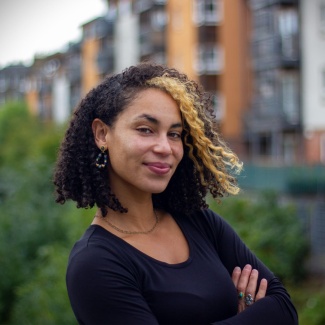
Laura is committed to scientific excellence and compassionate mentorship, and is passionate about creating a scientific world that is more diverse, equitable, just, and kind.
Inside Psychology interviewed Laura to learn more about her and her work, while she was in the field at the Ngamba Island Chimpanzee Sanctuary on a remote island in the middle of Lake Victoria, Uganda.
Laura, tell us about yourself. Where did you grow up, and how did your early interests lead you toward biological anthropology and comparative psychology? Were there key moments or mentors that inspired you to study how great apes (and humans) form and maintain social bonds?
I was very lucky to be born and raised in Berkeley, California, where I had access and exposure to an incredible amount of wildlife. I have been fascinated by animals for as long as I can remember, and I was also lucky to be raised by parents that recognized this passion and helped it to flourish. One key moment was the year my family bought a baby goat to help eat all of the weeds in our yard – at 5 years old I remember being extremely intrigued by this creature and would spend all of my time observing and playing with “The Kid” as we called it. By the time I was 8, I was conducing “science experiments” for my school’s annual science fair to determine my cat’s favorite foods and to see if older dogs could learn new tricks. When I started undergrad at Duke University, I knew I wanted to study animals and joined Brian Hare’s dog and primate cognition lab as a research assistant. It was there that I fell in love with the world of great apes, biological anthropology, and comparative psychology. I would rearrange my class schedule to accommodate my research schedule so that I could spend full days working with chimpanzees at the North Carolina Zoo, and became captivated specifically by the evolution of social cognition in humans and other great apes.
Your research focuses on the social cognition of bonobos, chimpanzees, and humans. Can you describe one or two of your recent projects that illustrate how you use novel technologies (such as eye-tracking or motion-tracking) to understand these species’ social interactions?
I use non-invasive eye tracking methods and other technologies with bonobos, chimpanzees, and humans to uncover the cognitive mechanisms we use to form, build, maintain, and repair social relationships. One recent study measures both the gaze direction and pupil diameter of chimpanzees and bonobos as they watch a little “Ape Soap Opera”– a scene that depicts some drama between two characters, one human and one in an ape suit to capture their attention. In this study I tested whether chimpanzees and bonobos anticipate surprise in an individual when that person holds a false belief – and we’ve found some evidence that they do, based on changes in their pupil dilation! Another recent study that I conducted with chimpanzees uses thermal imaging and behavioral methods to measure whether chimpanzees experience friendship jealousy – I just returned from running this study at a chimpanzee sanctuary in Uganda, so TBD on the results.
You mention studying bonobos and chimpanzees in zoos and sanctuaries around the world, as well as children in different cultures. What unique insights do cross-cultural and cross-species approaches bring to understanding the evolution of social cognition? What challenges do you face in coordinating such global, comparative studies?
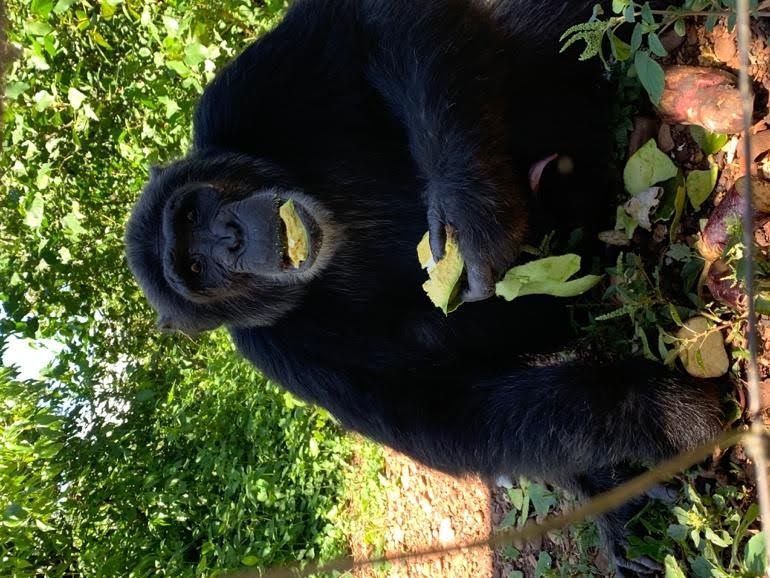
Comparative research on social cognition with humans and nonhuman great apes and populations is very challenging for several reasons – the most critical being to ensure that you are measuring the same cognitive mechanisms in each species/population. This means creating stimuli and an experimental set up that are nearly identical for each population, and that are also intuitive for each species in the absence of extensive training. However once an experiment is successfully comparative, the insights can be astounding! We not only begin to understand the similarities and differences in the cognitive mechanisms that great apes use to navigate their social environments, but we can also make inferences about the evolutionary pressures that shaped great ape cognition in similar or differing ways. For example, I’ve found from my own research that differences in dominance structures between chimps (male-dominant) and bonobos (female-dominant) have likely led to differences in attentional patterns, such that chimpanzees pay more attention to their male groupmates while bonobos pay more attention to their female groupmates. Thus, it seems that apes’ attentional patterns were likely shaped by evolutionary pressures around dominance, but are also probably affected by their current social environments.
You will soon be joining the departments of Psychology and Anthropology at UCSB. How do you envision bridging these two disciplines in your research and teaching? Are there particular collaborations or interdisciplinary projects you’re most excited to explore once you arrive on campus?
I was trained as a biological anthropologist, and all of my degrees are in evolutionary anthropology, but I have also studied psychology extensively. I personally believe that “nothing in biology makes sense except in the light of evolution” (Dobzhansky, 1973), including comparative psychology and biological anthropology. UCSB has a long history of having a strong bridge between Psychology and Anthropology thanks the excellent work of Professors Leda Cosmides and John Tooby and others within the Center for Evolutionary Psychology. I hope to continue to strengthen this bridge between the departments, and to also add my own unique embellishments through my cross-listed courses, co-mentorship, and my lab’s research comparing social cognition between humans, bonobos, and chimpanzees. I am really looking forward to working with my colleagues both in the Psychology and Anthropology departments to train students together and build interdisciplinary collaborations that link and compare primate cognition and behavior.
Much of your work explores how social relationships are formed, maintained, and deepened. In your view, why is this process so critical to understanding human evolution and behavior? How might these insights help us address modern societal issues related to empathy, cooperation, or conflict?
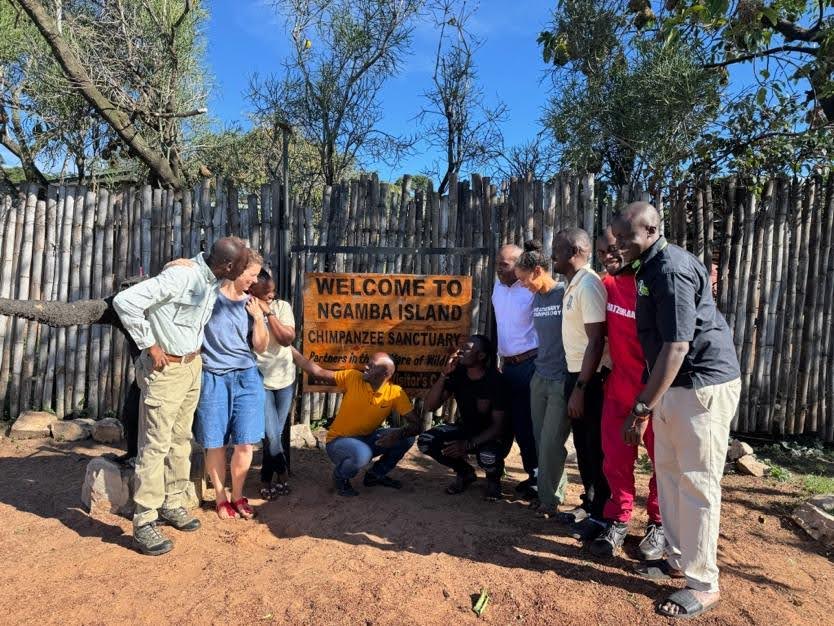
Humans and our closest living ape cousins are ultra-social species – we are completely dependent on one another, and our social relationships impact every aspect of our lives including our health, survival, and well-being. It is also the reason that our species has been so successful, evolutionarily speaking. By understanding how we have evolved mechanisms to form, maintain, and repair our social relationships, my work aims to uncover how and why we have become so dependent on one another, and the advantages and disadvantages that come with such complex, long-lasting social relationships. I also explore the evolution of things like empathy, cooperation, conflict resolution, and social jealousy in humans and other great apes with the goal of using these insights to help humans connect more successfully with one another, and build deeper empathy for the humans and other animals with whom we share this planet.
You’ve highlighted the importance of using non-invasive methods in your research. Could you share more about why non-invasive approaches are valuable when working with great apes, and what methodological or ethical considerations come into play?
First and foremost, the US banned invasive research on great apes in 2011, a move that I wholeheartedly support. The growing number of cutting-edge novel technologies that can be used with nonhuman great apes, such as eye tracking, thermal imaging, and motion tracking, has eliminated the need for more invasive techniques to study the minds of our great ape cousins. My personal opinion is that scientists should be extremely cautious when weighing the ethics of invasive research with animals, and should only resort to invasive research if it will drastically improve or save the lives of humans and/or other animals.
On a more personal note, what has been the most memorable or surprising aspect of conducting fieldwork with great apes—be it a breakthrough finding, a unique observation, or an unexpected challenge?
I am always very moved by how tender, gentle, and quiet nonhuman great apes can be, especially when interacting with each another. It is shocking to watch a group move from enduring multiple dominant individuals shaking branches and chasing each other in raucous dominance displays to quiet, calm, peaceful grooming sessions with one another immediately afterwards. Their complex social behaviors and relationships never cease to amaze me. A breakthrough finding that blew me away was when I discovered that chimpanzees and bonobos can likely remember their groupmates for more than 26 years (which is currently the longest nonhuman animal long-term memory ever discovered), and that their close friendships seem to shape their long-term memory for one another.
What experiences outside the lab or field have shaped your perspective on human and ape social cognition the most? Have any travels, cultural exchanges, or personal reflections broadened your understanding of how and why we bond with others?
I have learned two very important lessons when traveling to other countries about bonding with others, especially when I don’t speak the language. 1) There is always a way to explain something differently, even without spoken language and 2) There is almost always someone who is willing to help if I’m in trouble. These lessons have also had profound impacts on my research. First, I try to remember that there is always a different, unique way to test a phenomenon; I just have to be creative, open, and thoughtful enough to design it. Second, I try to remember that there is always someone who is willing to provide support or resources within academia if I’m ever having trouble mounting an obstacle. I also aim to be a person who provides support and resources whenever I can, especially if I notice that a mentee needs additional support. And finally, both of these lessons reflect directly in my fascination with the social lives of great apes: 1) they are able to communicate and establish complex social relationships without our complex spoken language – they use other methods like hundreds of gestures and facial expressions to communicate and connect instead and 2) chimpanzees would never help a stranger and would likely kill them, whereas bonobos frequently socialize and cooperate with outgroup members. Exploring these and other methods of social bonding is the core of my research program.
As a UC President’s Postdoctoral Fellow, you’ve been part of a program that emphasizes mentorship, diversity, and academic excellence. In what ways has that influenced your approach to research, mentorship, and community building?
I have always been very dedicated to increasing diversity, inclusion, equity, belonging, and kindness within science and academia. As a Black and Jewish mixed queer woman, I certainly know what it feels like to be “the only one” in a room, workshop, or department. Since high school, I have been involved in programs that aim to make science and academia a more welcoming place for people from historically-excluded backgrounds, including people of color and queer people. As a grad student I co-founded and directed both the Diversity and Inclusion Task Force for my dept., and the Black in Biological Anthropology Collective to help form communities that would support scholars from diverse backgrounds. This type of work is central to my approach to research, mentorship, teaching, and community-building. I aim to be a scientist, mentor, colleague, and community member who successfully cooperates and collaborates with people from diverse backgrounds, who serves as an excellent representation for my communities, and who creates safe, kind, and welcoming environments for every scholar.
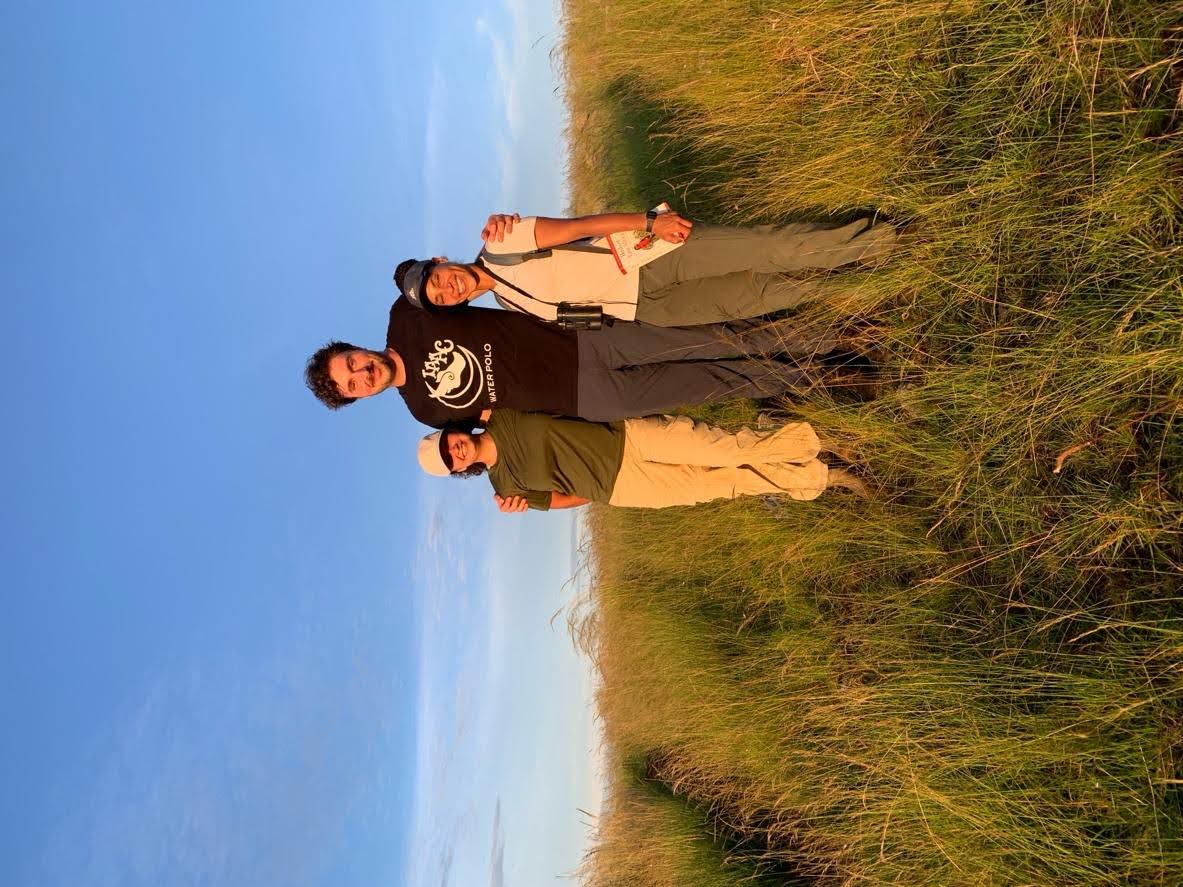
Finally, beyond your academic work, what do you enjoy doing in your spare time?
I am a very active person who loves being outdoors and in nature. I enjoy hiking, backpacking, climbing, surfing, skiing, biking, running, birding, snorkeling – I am really excited by any and all outdoor activities, especially experiences that are new to me. I also deeply enjoy being with friends – so being with friends in nature is my absolute favorite activity! I am an avid traveler, and love experiencing new places, cultures, people, and foods. Lastly, I also enjoy being creative – I like to make small ceramic bowls and vases on the wheel, and I’ve started writing poetry in my spare time.
